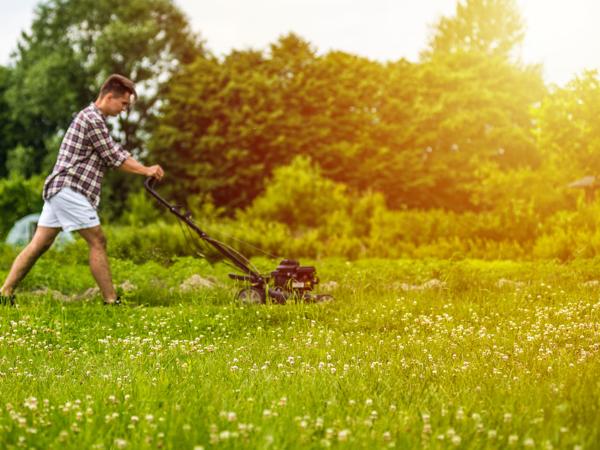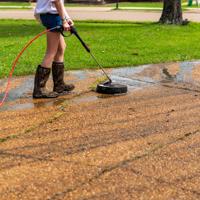Maintaining a healthy and vibrant lawn can transform the aesthetic appeal of your home and provide an inviting space for outdoor activities. Proper lawn care, however, involves more than just regular mowing. It encompasses a variety of tasks, each contributing to the overall health of your grass. This guide aims to offer insights into essential lawn care practices that you can adapt to suit your specific conditions.
Understanding Your Lawn's Needs
Before diving into lawn care techniques, it’s crucial to understand your lawn's specific requirements. Different grass types, soil conditions, and climates will dictate distinct care routines. Consider conducting a soil test to determine its pH and nutrient levels. This preliminary step will help tailor your lawn treatments more effectively. Local extension services often offer affordable testing options.
Mowing: More Than Just Cutting Grass
Mowing might seem like a straightforward task, but there's more to it than meets the eye. Here are a few tips:
- Mow Regularly: Grass should be cut regularly to the right height for its type. Cool-season grasses like Kentucky bluegrass generally prefer a height of around 2.5 to 4 inches, while warm-season grasses like Bermuda grass might fare better at 1 to 2 inches.
- Maintain Sharp Blades: Sharp mower blades are essential for clean cuts, which minimize stress and potential disease on the grass.
- Alternate Mowing Patterns: By varying your mowing pattern each time, you prevent soil compaction and allow grass to grow upright.
Watering: Balancing Moisture and Drought
Watering your lawn is another fundamental task that requires balance. While overwatering can lead to shallow roots and fungal issues, underwatering can dry out the lawn. Aim for about 1 to 1.5 inches of water per week, which includes rainfall.
- Timing: Water early in the morning to reduce evaporation and fungal diseases.
- Deep and Infrequent: It's better to water deeply and less frequently to encourage deeper root growth.
Fertilization: Nourishing Your Lawn
Fertilizing provides the nutrients your lawn needs to thrive. However, not all lawns require the same feeding schedule.
- Types of Fertilizers: Organic fertilizers offer gradual nutrient release, while synthetic ones provide immediate nourishment but require precise application to avoid burning.
- Schedule: Typically, fertilization occurs in early spring when the grass starts actively growing and again in the fall to prepare for dormancy.
Aeration: Promoting Healthy Growth
Aeration involves perforating the soil with small holes. This process improves water, nutrient, and air circulation to the roots. Consider aerating your lawn once a year or every couple of years, particularly if your soil is hard or compacted.
Dealing with Weeds and Pests
Weeds and pests can be detrimental to your lawn's health. It's best to handle these issues promptly.
- Weed Control: Manual removal is effective for small infestations. For larger problems, consider natural herbicides or spot treatments with chemical ones.
- Pest Management: Encourage natural predators or apply appropriate treatments targeted at specific pests, such as grub control products during their active months.
Seasonal Care
Spring
Spring is a vital time for lawn maintenance. After winter dormancy, aerate the soil, overseed if necessary, and begin your fertilization routine.
Summer
In summer, watering becomes more crucial. Adjust your mowing height higher during hot periods to reduce stress on the grass.
Fall
Fall is ideal for preparing the lawn for the colder months. It’s also a good time to fertilize and address any bare patches with reseeding.
Winter
During winter, minimize foot traffic on dormant grass to avoid compaction. Remove debris regularly to prevent mold and other issues.
Conclusion
Maintaining a healthy lawn is an ongoing process requiring attention to detail and persistence. While it might seem daunting, start with the fundamentals and adapt as you learn more about the specific needs of your lawn.
Every lawn is unique, and experimenting with various approaches can be quite rewarding. Remember, a little patience goes a long way. Happy gardening!
For more in-depth guidance, including local recommendations, consider consulting resources like the local extension service or a professional landscaping service. These personalized insights can be an invaluable supplement to your lawn care regimen.




